26
2013Introduction to Storytelling with Images: Free Beginner Photography Class
“You don’t make a photograph with just a camera. You bring to the act of photography all the pictures you have seen, the books you have read, the music you have heard, the people you have loved.
~Ansel Adams
I am primarily a storyteller.
All my arts fall under this category. Quilts and dresses: stories stitched, lived in, and memories made under them. Writing: the weaving of story with language. Knitting: the story of how yarn and pattern and love intertwine. Photography: capturing a story in images.
I’m best known for newborn imagery, but that’s not the type of imagery that gets me fired up the most. I’m most passionate about telling the story of my clients (or my own family) and capturing those little details we’ll most likely forget. Those relational moments and telling the story of each family’s “us” are what gets me fired up.
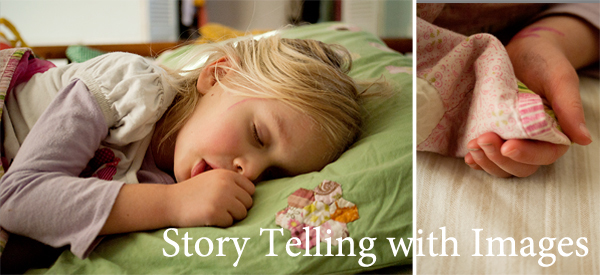
This is my Bronwyn Girl. And these two things are simple, real parts of her everyday story.
That thumb tucked in her mouth. Those fingers wrapped securely around that blanket corner.
Not to mention the marker all down her face in her favorite color.
You don’t see many of those images on my page because I have a hard time convincing folks to let me come over and photograph their morning bedhead as they tickle their children in bed. And then following them through the Saturday morning pancake ritual. And the cranky tears with the baby is ready for nap. The way the toddler plays. The way Dad looks at Mom with such respect and desire after so many years. That is what my storytelling photographer heart longs to capture.
Capturing your own Story
It’s pretty safe for me to say that the number one thing you’re wishing to capture as a beginner photographer is your day to day life/interactions and what you see as beautiful. We’ve spent the last 3 months mastering a bunch of technical mumbo jumbo so that we can take better images. We’re going to pause here on the technical stuff and let it all soak in while we work on telling our own personal stories with images.
Until we jump into manual mode, I want you to shoot in Program as much as possible, but supplementing with Aperture and Shutter Priority when needed. But for the next few weeks, the class focus is going to change drastically to storytelling with your work as you master Program Mode/White Balance/ISO/Exposure Value and when to focus on Shutter Speed and Aperture.
Storytelling with Images Mission Statement (Assignment #1)
The way you tell stories with your imagery is going to be different than the way I tell stories. God created us as two different people with two very different viewpoints and purposes on this planet. That’s okay. Sometimes I’m afraid to show you my own “real” imagery because I don’t want you to mimic my storytelling style. I’m also afraid you’ll hate the way I tell stories, but that’s my own baggage (and likely will be a fear you’ll fight too).
I want you to sit down and write a mission statement. I want you to write, as simply or as elaborately as you want, what you want to do with your imagery. Don’t roll your eyes at me. You’re an artist with a camera and in order to get the most beauty in your work you need to have an end goal in mind. What do you want your work as a body to say and do?
If you didn’t catch my Mission/Life Statement before, here it is:
I believe God has created and called me to reveal to women with photography and words that our most beautiful moments are the messy everyday vulnerable stories.
I’m pretty wordy… so let’s break that down for you into a Holley Gerth style Mad Libs/fill in the blank format.
I want to
_________________________ (verb describing how you tell stories with your camera: capture, create, share, grow, etc.)
+
_________________________ (noun describing your target audience: viewers, family, friends, clients, mothers, dreamers, women, men, fathers, children)
+
_________________________ (how you want to tell your stories and maybe why too.).
So if I boil my Life Statement down to this format and narrow it to photography, I’d say: “I want capture my family and my clients in genuine everyday interaction to show them that the everyday mess is truly beautiful.”
You’ll have one week to to turn this in on this Flickr Discussion Thread or the comments below, but I recommend doing this in the next few days so the assignments from the next few weeks will fall cohesively under your mission statement. Mission statements take a while to compose. Write down what first comes to your mind and spend the next few days tweaking it to say exactly what you want. And it’s okay for a mission statement to evolve over time. We’ll certainly be revisiting and reformatting our mission statements during the rest of the class.
Storytelling with Images
Good stories (and good images) have the following qualities.
Hook
In a movie, this is the first 10 minutes that make or break it for you. In a book or short story it’s likely the introduction, first paragraph, or even the first sentence. I have never forgotten the opening hook line in the following books even if I failed to finish it or can’t remember the name of the book.
“Call me Ishmael.” (Moby Dick)
“It was the best of times, it was the worst of times.” (Tale of Two Cities)
“It was a pleasure to burn” (Farenheit 451)
“It is a truth universally acknowledged, that a single man in possession of a good fortune, must be in want of a wife.” (Pride and Prejudice)
When you’re storytelling with images, something has to cause your viewer to stop and take a closer look.
I’m going to bet that when you saw this your first thought was “What is going on with that kid’s tongue?!” or something similar. In this image, Sedryn’s expression is the hook. From there your eye will wander around the image lazily picking up details: he’s got food on his face and he’s eating. If you’re particularly astute, you’re going to notice that he’s wearing a hand-me down heart bib from his sisters… but please tell me that the black and white conversion did a good job of hiding that embarrassing fact?!
A good image will have a hook that will draw you in. It can be an expression. It could be an action portrayed like in our panning images. It could be the hint of what’s to come like a bouquet of wildflowers behind a little boy’s back. It might be a horizon line or a line in the image that forces your eye to the subject (leading lines). It might be a bright color. Or even a sense of “Wait, what am I looking at?”
A Protagonist/or a Subject
A story’s protagonist is the main subject. They’re the person you get to know. They’re usually flawed enough that you like them, but easy enough to put in a category. But the actions of this one person and the events that act on them make up the bulk of the story.
The viewer of your image wants to see a clear subject. Consider the following two images with the same subject. Which has a clear subject? What did I do technically to cause you to narrow in on the subject?
In these two images the subject was the flower in the upper right hand corner. I used a very wide aperture (f 2.8)/narrow depth of field to help you pick out the subject in the bottom image. Make your subject clear using aperture or shutter speed or engagement (looking at the camera), but don’t let that limit you on where you place your subject in the frame.
Rising Action
In a story rising action is the thing that drives you to keep turning the pages after the initial hook. Your character is digging themselves into a hole. You’ve learned how they react, but then they hold their tongue for once. Another character changes things up for the main character. An unlikely event occurs. You’re drawn into the tension if it’s a real page turner.
In storytelling with images, the parallel to rising action is anything in the image that moves your eye around the frame in the way the photographer intended. That could be a leading line. It could be piles of messes around the baby covered in toothpaste. It could be how one subject’s eyes are focused on someone or something else in the frame. It could be the blurred lines created from a panning shot.
In the following image by Flickr user Andy Whitfield, strong leading lines are used to carry your eye right off the frame. The viewer is left wondering where the tracks lead and for how far they keep going. This is a good example of rising action that really makes the image stand out.
Climax
Climax is that moment in the story that changes everything. Darcy tells Elizabeth that he loves her in Pride and Prejudice. Little Ann and Old Dan are injured trying to save Billy from a mountain lion in Where the Red Fern Grows. Jesus cries “It is finished!” and dies in the Bible. The reader is left turning pages as quickly as possible trying to figure out what happens next. A well-crafted climax takes a story from simply good to fantastic. It’s also the part of the story we remember the most.
A climax in images is also bit more difficult to describe. Let’s study the following image by the great Ansel Adams and see if we can find the climax by following our eyes. Have a look before I dissect it.
Resolution
Resolution in a good story is when the conflict of the climax is solved. When Elizabeth marries Darcy. When Billy sees the red fern growing over Little Ann and Old Dan’s grave (sorry if I spoiled it for you). When Jesus rises again and we see the church begin to grown in the power of the gospel.
In photography, resolution is a little abstract. I think the easiest way to describe resolution is in terms of what the viewer takes away from an image. So in photography, resolution is incredibly viewer-subjective. Resolution is what the viewer walks away remembering and feeling and thinking. As a photographer, sometimes we want to communicate a specific message. This is especially true in photojournalism. But in most photography the resolution is more subtle. More like that feeling of joy and the trigger for telling stories when my daughters flip through our Project 52 photo books. Or the simple smile of someone who never saw a chandelier from that angle before and finds it truly beautiful.
Storytelling with Images: Your Assignment
This assignment is six week long assignment (at least). You can most definitely post your images in shifts as you complete them, but I’ll denote a few of the images I’ll want you to do after working through specific upcoming posts. I’ll remind you in each upcoming post what part of this assignment corresponds. If you’re going to post as you take images, then try to keep your work corresponding with the current lesson. If you’re a procrastinator, remember that there’s a group pool limit of 10 images per week to encourage you not to procrastinate 🙂
Take these images in Program Mode if possible (or manual mode if you already know how to use it) so you can keep building your new skills. Don’t forget to adjust your exposure value/compensation and white balance for every new scene. Think about shutter speed, aperture, and ISO and which will help make the greatest statement in your image.
First, finish that mission statement above! If you don’t do the mission statement, then you can’t do the assignment because the following sets of images need to begin to flesh out your mission statement.
- Pick two images from different artists that you feel flesh out your mission statement. Search Flickr or use one from a favorite professional photographer. Post your mission statement in this Flickr Discussion Thread, link to the images you’ve found, and tell us why you feel they tell the story you’re trying to tell. Make sure your link is a direct URL ( http://www.quietgraces.com/a-letter-to-the-god-sized-dreamer-in-you ) rather than a home page (www.quietgraces.com)
- 3-5 images (part of the same series or not) that flesh out all or parts of your mission statement. In the image description for these, I want you to just post your mission statement and that’s it. Critique on these images will be based solely on how your viewers feel you captured your mission statement. This will be some dangerous feedback. Accept it gracefully and know that each viewer brings their own baggage to the story you’re trying to tell.
- 1-3 Images using the Rule of Thirds. 1 Image intentionally ignoring the rule of thirds and telling us why you chose to do this in your image description. (Wait on the lesson if you’re not familiar with rule of thirds.)
- 1-2 Image using leading lines. Another 1-3 images using strong geometric composition to lead the eye around your image.
- a diptych (wait on taking this until you know what it is)
- a triptych (wait on taking this until you know what it is)
- 2-4 images that tell the story from unusual angles (you could start this now… or wait for the lesson. Your call.)
- 2-4 Story in the Details shots (you could start this now… or wait for the lesson. Your call.)
Did I mention this is a six week assignment? Don’t panic. But likewise don’t procrastinate. Put a sticky note with the assignment in your camera bag and give it a little read every time you pick up your camera. I’m mainly giving it to you all at once to get you thinking about where you’d like to go 🙂 And for those of you with young kids who can’t always do a weekly assignment. And for you super type A folks who like things mapped out in advance. After this Storytelling Series, we’ll spend a week or two learning full manual, then a brief interlude on lenses, and from there… well, your guess is as good as mine (Can you tell I’m not a super type A person?)
I’m really proud of those of you who have stuck out flu and cold season and still managed to get a few images up here and there. You’ve grown so much in the technical aspect of really using your camera to create what you want. Now spend the next 6 weeks creating what you want. I’m so excited to hear your mission statements, see your new technical skills help fulfill your mission statement, and watch you begin to fly.
So here I am kicking you out of the nest: go write your mission statement and start making art!
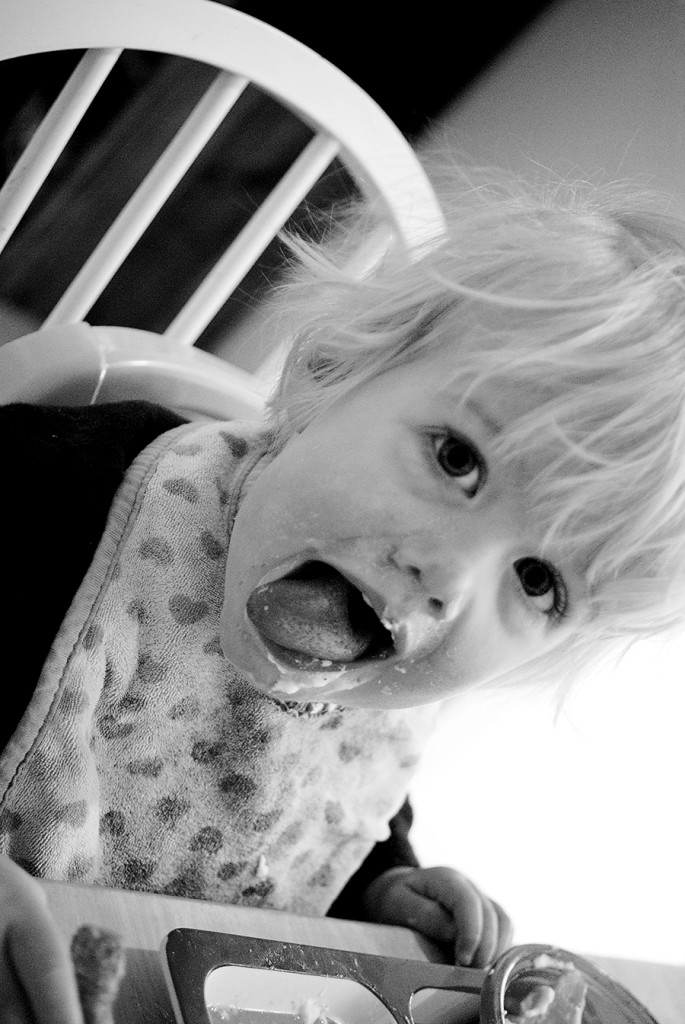

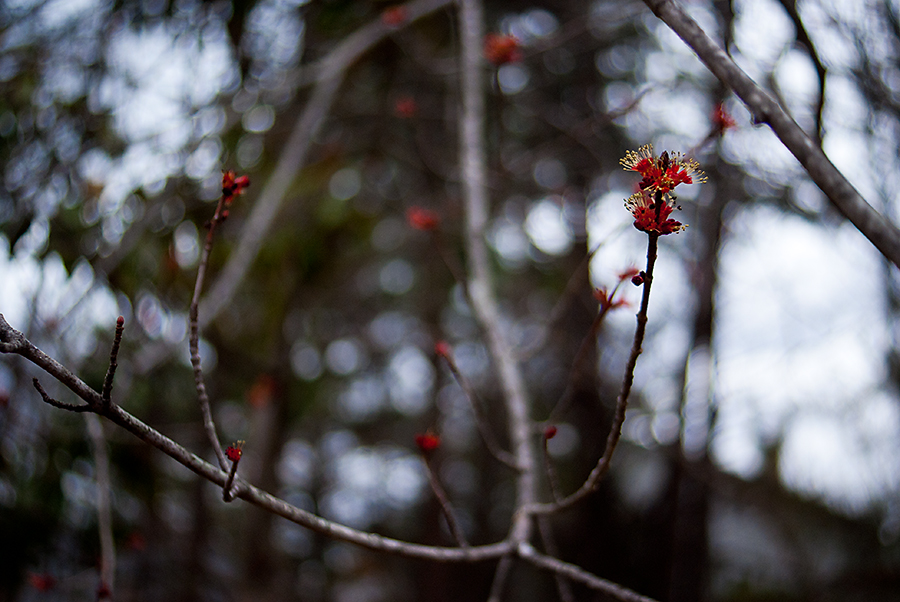

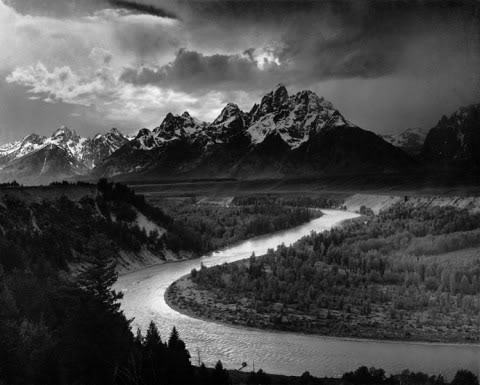
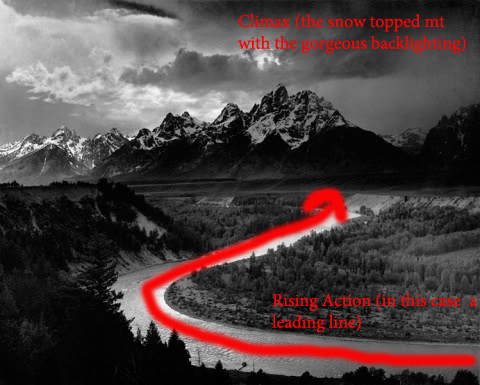



Rule of Thirds: Free Beginner Photography Class by Quiet GracesBeautiful Newborn and Lifestyle Portraits by Quiet Graces Photography
[…] part of the storytelling with images assignment that corresponds to this lesson is […]
A Free Beginner Photography Class @ Beautiful Newborn and Lifestyle Portraits by Quiet Graces PhotographyBeautiful Newborn and Lifestyle Portraits by Quiet Graces Photography
[…] Introduction to Storytelling with Images […]